India possesses largest bovine and bubaline population in the world, but her animals have low productivity. The poor individual performance of indigenous milk animals in India makes the animal husbandry and dairying a less sustainable enterprise. On the other hand, breeding cattle and buffaloes on scientific lines has a tremendous potential in making dairy sector more sustainable and economically profitable for animal keepers.
This book makes an attempt to re-look the existing animal improvement programmes being followed in the country with various supportive technologies and available resources. The emphasis is also made to identify the critical gaps affecting the productivity and how to mitigate those gaps through intervening improved and sustainable emerging technologies, so that the productivity of cattle and buffaloes can be further enhanced and made sustainable both at organized farms and under rural household conditions.
The contents of this book are divided into different parts and under various chapters:Part 1 – Genetic Interventions in Sustainable Breeding; Part 2 – Feeding and Management Interventions in Sustainable Breeding; Part 3 – Impact Assessment of Sustainable Breeding.
Book chapter take account of cattle and buffalo germplasm, breeding policies, progeny testing, sire evaluation, field performance recording and documentation of existing germplasm etc. chapters are written in simple and expressive language so that even people with no previous knowledge about the scientific and sustainable breeding practises can comprehend the concepts easily. The book includes various photographs, figures, illustrations and tables for better understanding of the concepts involved in cattle and buffalo breeding. Many of the commonly used animal genetics & breeding terms are listed in a Glossary for easy reference.

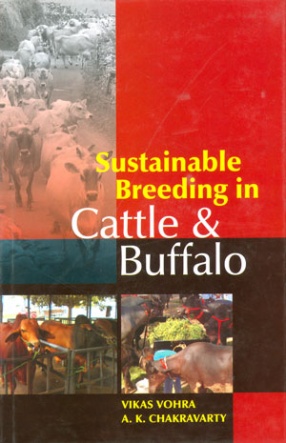

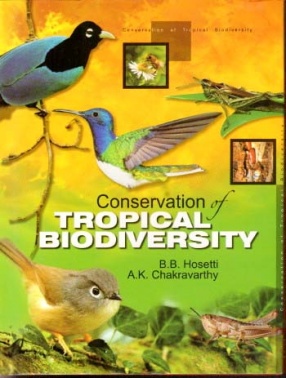
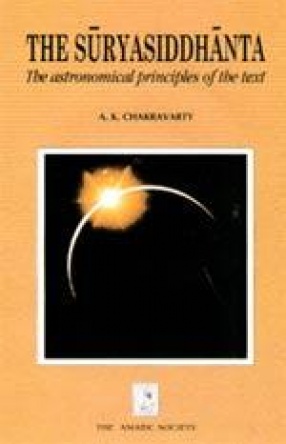
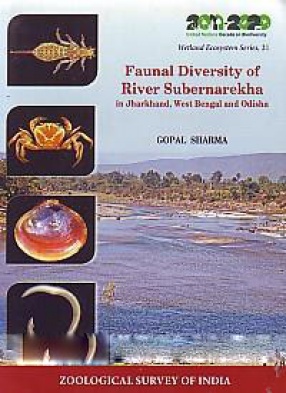
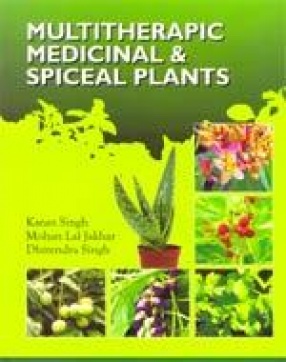
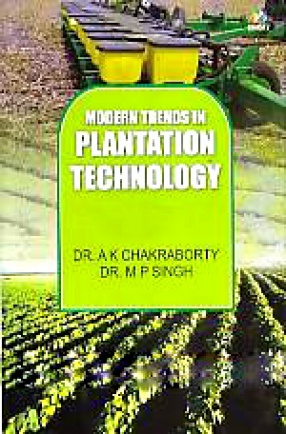
There are no reviews yet.